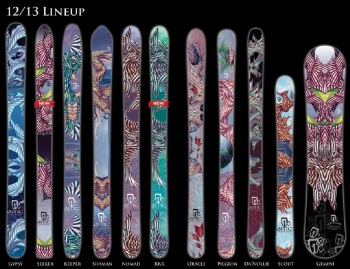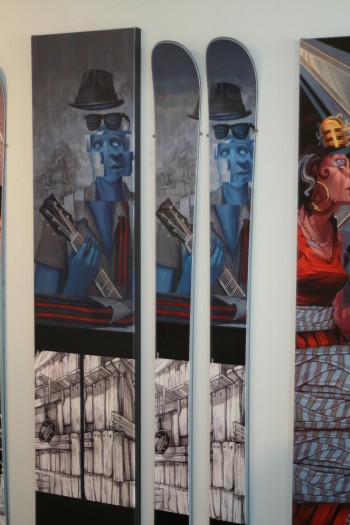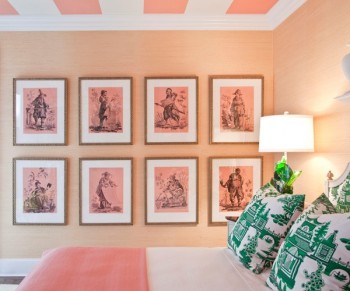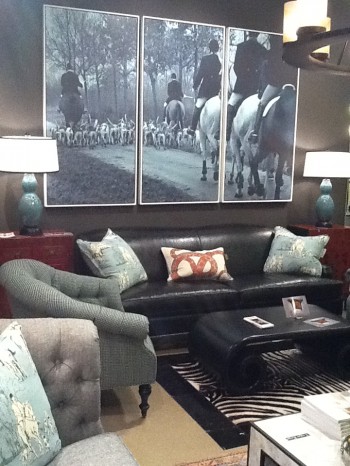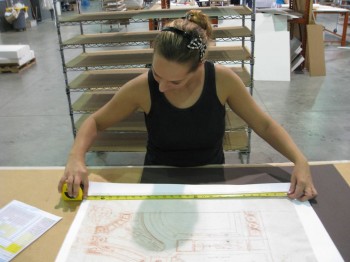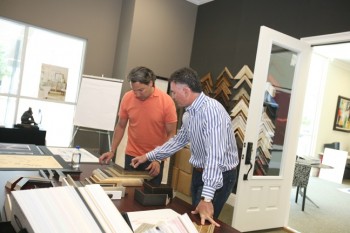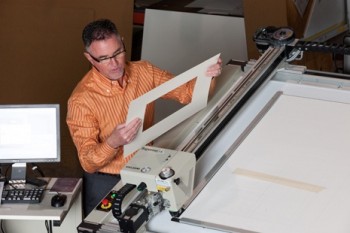When it comes to choosing the right inkjet paper for digitally printed reproductions of your artwork, it ultimately comes down to personal preference. However, some papers naturally work better for certain art forms, and choosing the paper you print on can be as much of an art as it is a science. Here are some tips to pick the paper that will work best for you:
The first determining factor is the type of printer you’re using, since not all printers are compatible with all papers. The preferred print technology for most fine art printers is aqueous, which has the most compatible papers on the market, and newer models, like Epson P-Series and Canon PRO-Series printers, have 10- and 12-ink options for greater color gamuts that are truer to the original art.
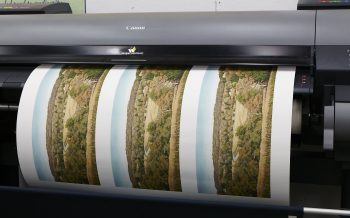 Some printers are moving to eco-solvent technology, like Sacramento Giclee, which recently added a Epson SureColor S80600 to its operation. The solvent technology eliminates the need to coat the print, which is helpful for busy, large-volume shops.
Some printers are moving to eco-solvent technology, like Sacramento Giclee, which recently added a Epson SureColor S80600 to its operation. The solvent technology eliminates the need to coat the print, which is helpful for busy, large-volume shops.


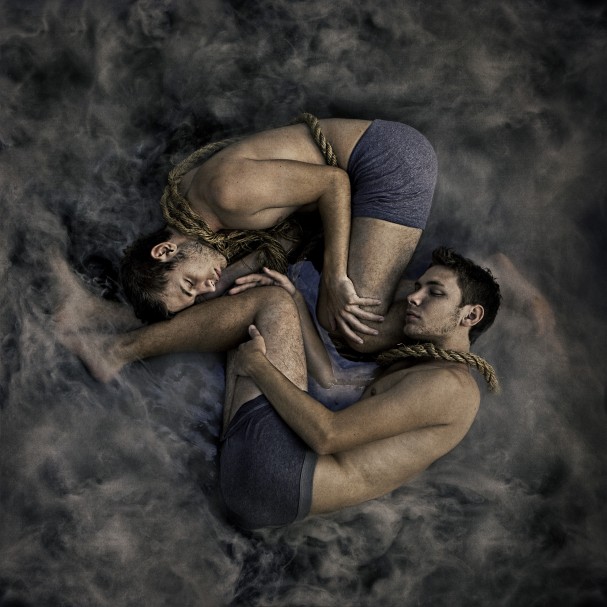

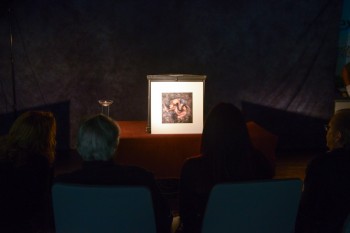

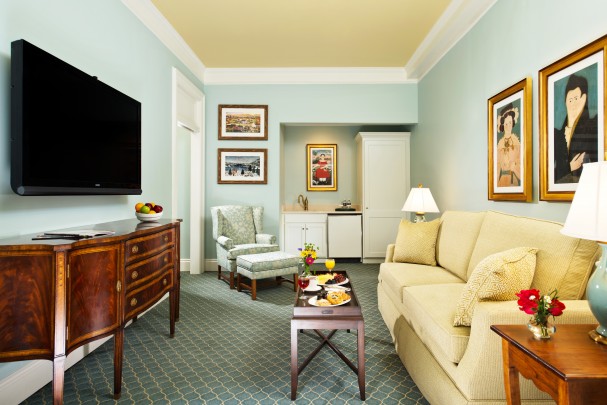


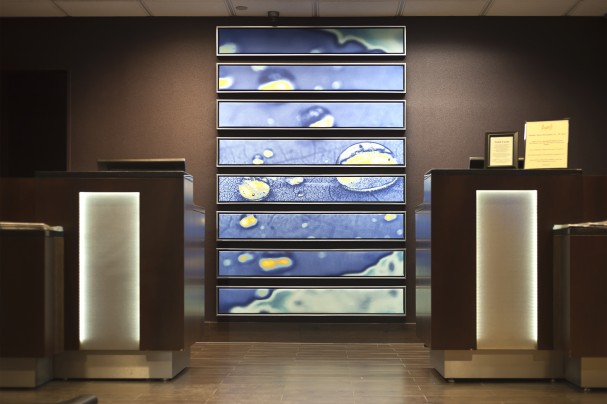
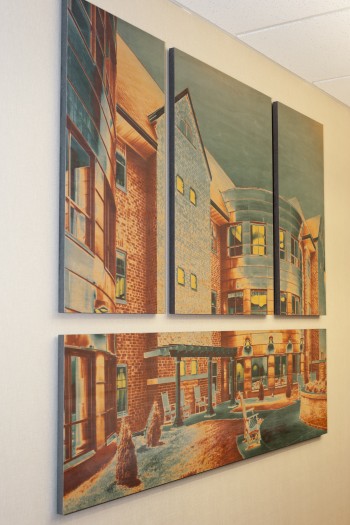

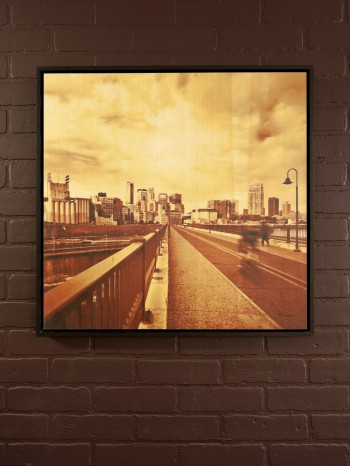 “Adding framing services opened up a lot of doors, because we became more of a one-stop shop; they didn’t have to hire us to do photography and printing and someone else do mounting and framing,” says Kahler. “No project leaves the studio until we’re happy with it, even if it means that we have to re-do part of it. You put in extra hours if needed to get it right so that the client says it’s more than what they imagined; that’s what it’s all about.”
“Adding framing services opened up a lot of doors, because we became more of a one-stop shop; they didn’t have to hire us to do photography and printing and someone else do mounting and framing,” says Kahler. “No project leaves the studio until we’re happy with it, even if it means that we have to re-do part of it. You put in extra hours if needed to get it right so that the client says it’s more than what they imagined; that’s what it’s all about.”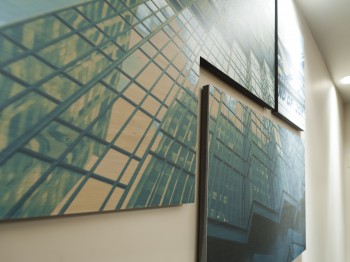 “I like to explore more deeply into a theme, rather than just capturing an overall shot of a landscape. There are some beautiful landscapes out there, but I like to look deeper at what’s happening under my feet; the small things that people tend to walk by: real interesting elements of nature or architecture in a particular setting,” explains Kahler. “The abstract subject matter is what I like to capture most. Still, it’s important to get many other perspectives. This is why we use many contributing photographers. Some clients don’t like the abstract nature of a scene and some like the overall scene, so we want to be able to give them the option of a variety of styles.”
“I like to explore more deeply into a theme, rather than just capturing an overall shot of a landscape. There are some beautiful landscapes out there, but I like to look deeper at what’s happening under my feet; the small things that people tend to walk by: real interesting elements of nature or architecture in a particular setting,” explains Kahler. “The abstract subject matter is what I like to capture most. Still, it’s important to get many other perspectives. This is why we use many contributing photographers. Some clients don’t like the abstract nature of a scene and some like the overall scene, so we want to be able to give them the option of a variety of styles.”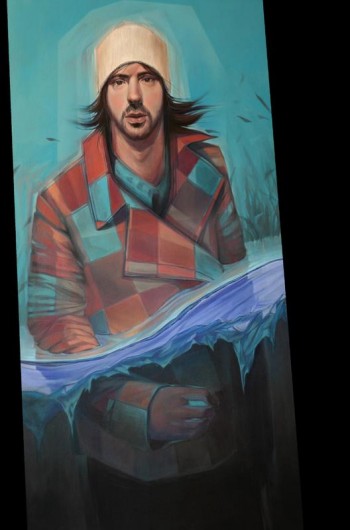

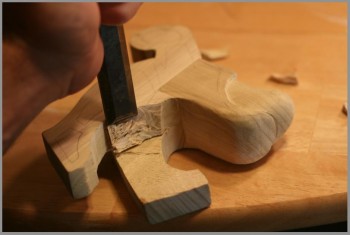
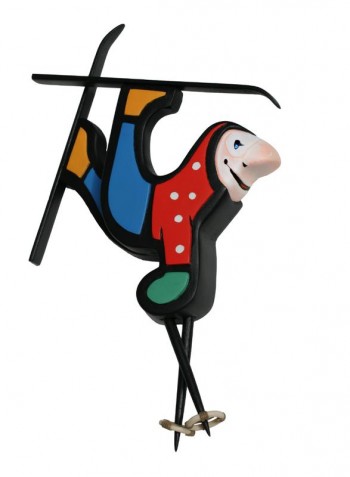 “It would be easy to stick with one thing and exhaust it until it’s dead. We could do these same themes for two or three years because of the potency inside them, but we haven’t,” says Parr. “I’ve been painting for almost ten years now, and I don’t want to be a one-trick pony.”
“It would be easy to stick with one thing and exhaust it until it’s dead. We could do these same themes for two or three years because of the potency inside them, but we haven’t,” says Parr. “I’ve been painting for almost ten years now, and I don’t want to be a one-trick pony.”
